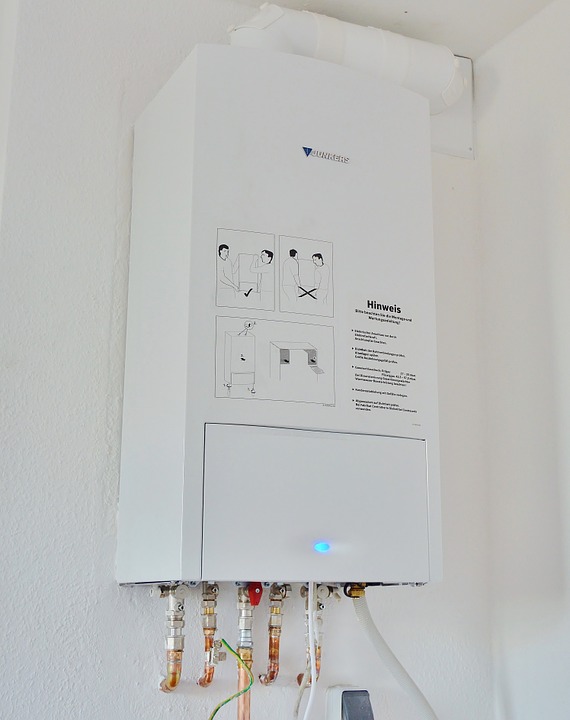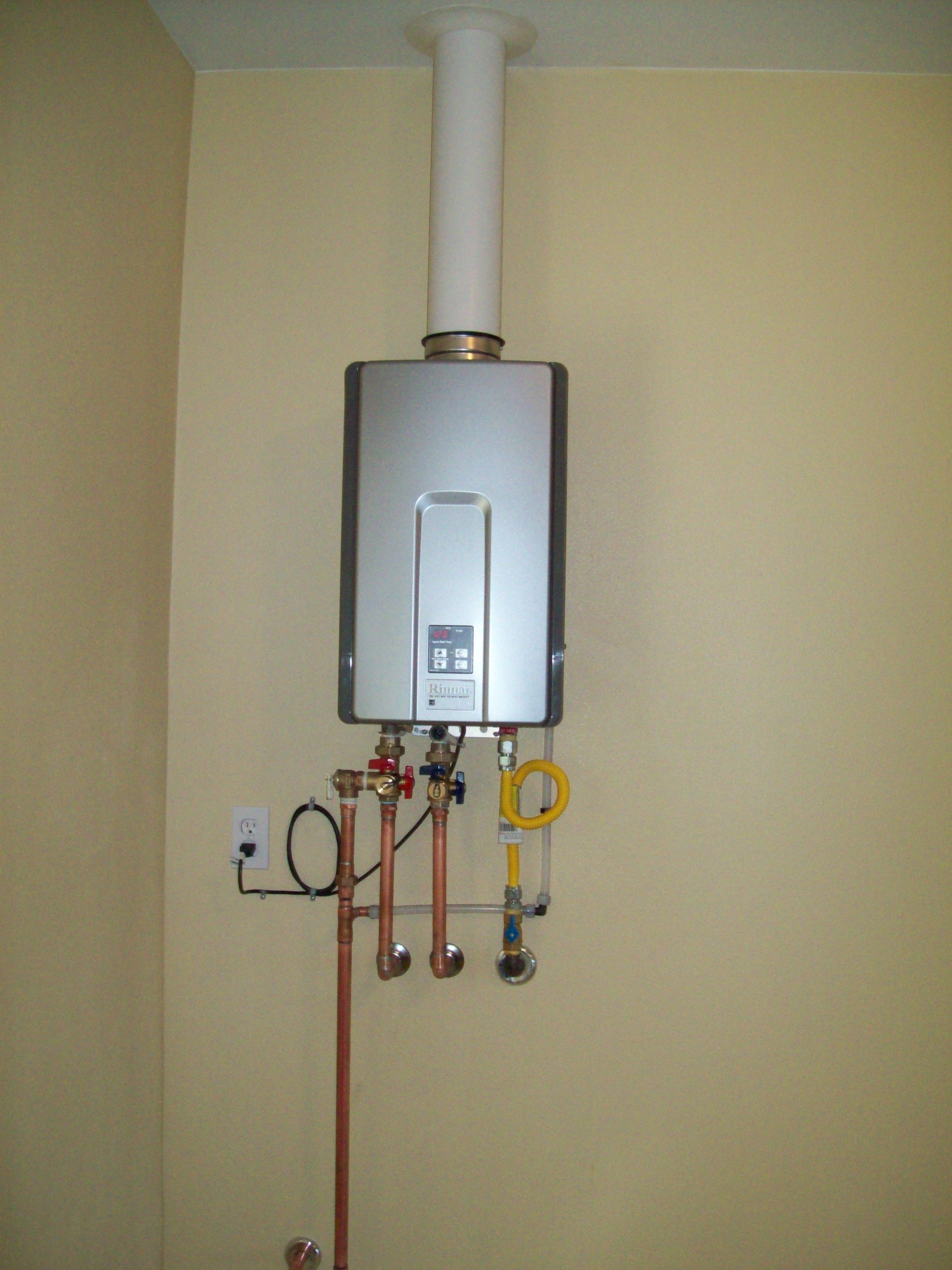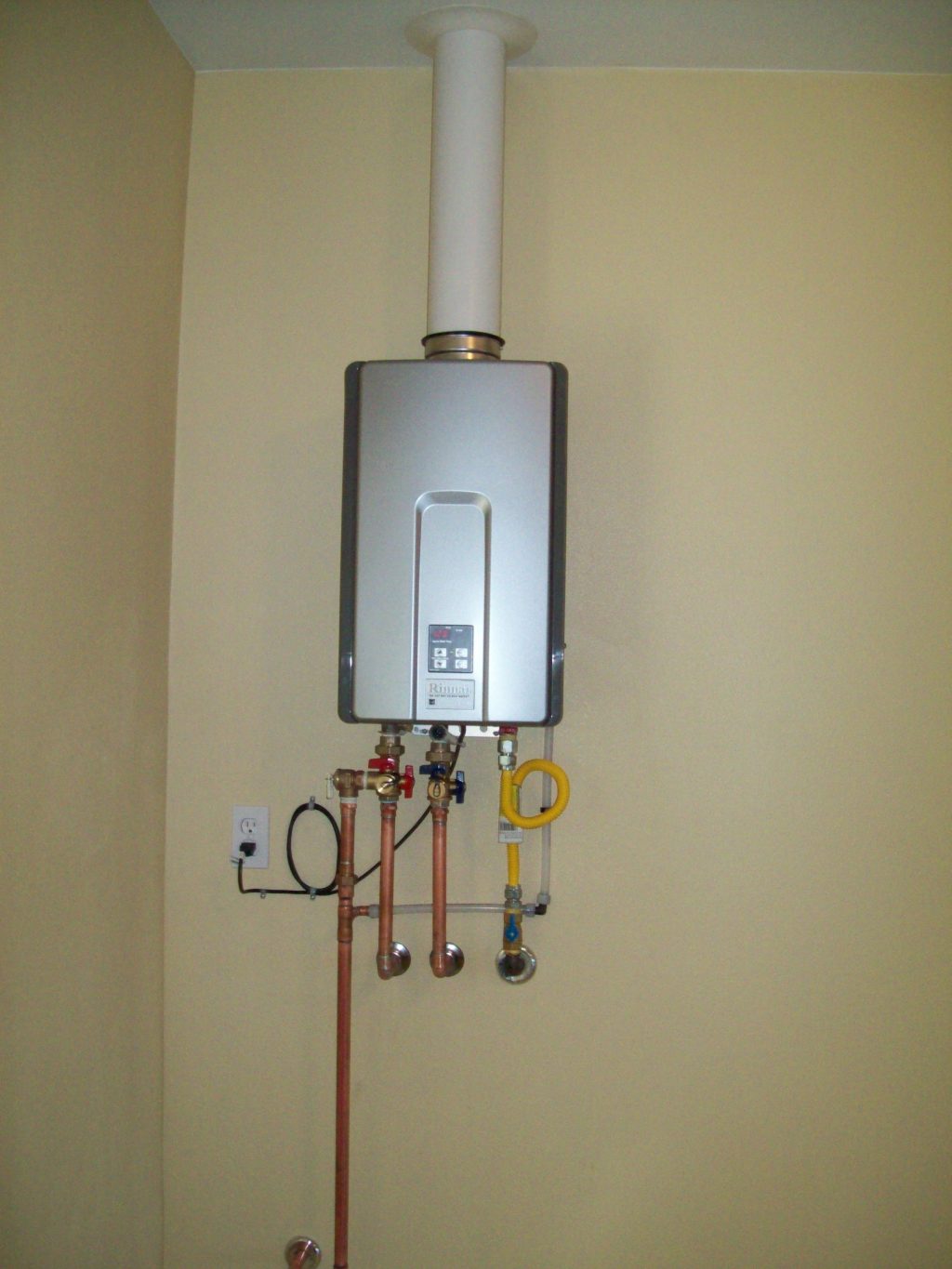Water heaters are wonderful appliances that provide many years of trouble free service. What should you be concerned about if a pool of water unexpectedly appears near your hot water heater? Your water heater has a problem and you’re wondering how much it’s going to cost to service it. You can get in touch with appliance repair tampa bay to get an affordable and timey repair of your appliances. You can get all the repair materials as well so that you can repair your device own your on if the problem is not that big.
A quick inspection for the source of the leak will point to the T PR; valve, a simple device that relieves excessive water pressure.

Water heaters are simple appliances with only three connecting lines. Typically, water heaters have a cold water intake line, a hot water outlet line and an overflow, or discharge line. The discharge line will have a brass valve with a small lever attached to it. The brass T PR; valve on the discharge line may or may not be the cause of the water leak. The purpose of the T PR; is to release hot water that has reached unsafe temperature and pressure levels.
It is an important safety valve which should never be tampered with or bypassed. It protects your home from the possibility of an explosion if the water heater somehow super-heats the water inside. The valve is located either on the top or the side of the water heater. It will releases water into a pipe that is directed downward toward the floor or a drain below. A copper or flexible tubing drain line can be used to connect the valve’s output side to a drain line or into a floor drain. It is important to note that these lines are not overflow pipes since the function only when there is a water temperature and pressure problem.
The basic function of the valve is to release the internal pressure of the heater if it becomes too hot. You may find a tag attached to your heater’s valve that will inform you how it operates. A look at your heater’s tag might show it opening at a temperature of 210 degrees F, or an internal pressure of 150 PSI.
When the valve detects higher than normal temperature and pressure, it will bypass the excess into the discharge pipe. As the valve opens, it will release the pressure build-up inside the water heater and prevent it from bursting open. Clearly, water leaking from the discharge pipe is a call to further troubleshoot and improvement the water heater.

Consider adding an annual check of the T PR; valve for proper performance to your maintenance list. You can check the valve’s functioning quickly, but beware of being exposed to hot water. Lifting the lever on the valve will allow a small amount of hot water to exit the discharge pipe. Hold the valve open long enough to make sure that hot water is flowing out of the pipe. Releasing the lever will discontinue the flow of hot water from the pipe. This is a simple once-a-year check of the valve’s working.
It’s a good idea to test the valve annually due to the possibility of corrosion caused by chemicals that may be present in the water. If you are suspicious of the valve’s functioning, have a plumber take a look at it. Locate a reputable plumber or service technician to replace the T PR; valve if you are concerned about replacing it. It is a good practice to only use the same model and type of valve as the original when replacing a failed unit. Remember to follow the manufacturer’s instructions, as well.
In summation, the cause of water leaking from the discharge pipe is either an unsafe water temperature or a failed T PR; Valve. Now you know what to do about it.

